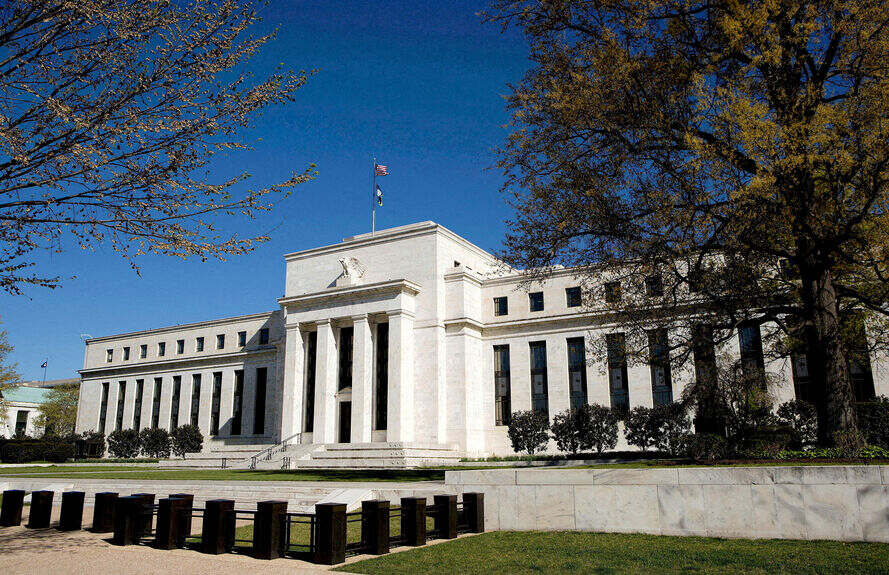EMERGING MARKETS-Latam currencies under pressure as dollar gains, stocks mixed

Updated at 1530 GMT
By Lisa Pauline Mattackal
Dec 30 (Reuters) - U.S. dollar strength weighed on Latin American currencies on Monday, while regional stock indexes were mixed in thin trading, with most focus on the global growth and interest rate outlook for 2025.
MSCI's index for Latin American stocks .MILA00000PUS lost 0.3%. Gains in energy stocks, including a 1.8% rise in Colombia's Ecopetrol ECO.CN, were offset by 0.4% loss in both Mexico's FEMSA FEMSAUBD.MX and Grupo Mexico GMEXICOB.MX.
A gauge for currencies .MILA00000CUS lost 0.4% as the U.S. dollar =USD held near two-year highs.
Brazil's real BRBY, one of the worst regional performers in 2024, was little changed on the day. The Bovespa stock index .BVSP rose 0.4% ahead of the New Year market holiday.
Data showed Brazil's government debt as a share of gross domestic product narrowed slightly to 77.7% in November from 77.8% the month before.
"Placing (Brazil's) debt dynamics on a structural sustained declining trend and building fiscal buffers remain key macro challenges," economists at Goldman Sachs wrote in a note.
Concerns about the country's fiscal sustainability have been the main driver of the currency's plunge to all time lows this month, prompting multiple rounds of central bank intervention.
Elsewhere, trading was thin ahead of Wednesday's New Year's Day holiday, with most investors adjusting their portfolios for next year and eyeing a more cautious pace of rate cuts from the U.S. Federal Reserve.
Latin American currencies have underperformed broader emerging markets this year, with MSCI's gauge of regional stocks .MILA00000PUS and currencies .MILA00000CUS down 30.2% and 11.1%, respectively.
Gains in the dollar and rising U.S. Treasury yields have dampened the outlook for the region heading into 2025, as traders expect a slowing pace of Federal Reserve interest rate cuts, U.S. President-elect Donald Trump's continued tariff threats and struggles with rising inflation.
Higher U.S. rates typically weigh on emerging markets, causing capital outflows, currency weakness, inflation and volatility as returns on riskier investments lose some of their attractiveness.
Chile's peso CLP= was down 0.5%. Data showed the country's unemployment rate hit 8.2% in the quarter through November, down from 8.6% in the previous rolling quarter and below the 8.5% forecast in a Reuters poll.
Elsewhere, the United States announced nearly $6 billion in additional military and budget assistance for Ukraine.
HIGHLIGHTS
Lula's embrace of new Brazil central banker has markets wary
China's interbank regulator discusses bond risks with investors
Key Latin American stock indexes and currencies at 1530 GMT:
MSCI Emerging Markets .MSCIEF | 1078.49 | -0.4 |
MSCI LatAm .MILA00000PUS | 1856.66 | -0.33 |
Brazil Bovespa .BVSP | 120792.57 | 0.44 |
Mexico IPC .MXX | 48908.88 | -0.77 |
Chile IPSA .SPIPSA | 6702.7 | -0.01 |
Argentina Merval .MERV | 2540317.36 | -1.444 |
Colombia COLCAP .COLCAP | 1382.33 | 0.03 |
Currencies | Latest | Daily % change |
Brazil real BRL= | 6.2028 | -0.1 |
Mexico peso MXN= | 20.4699 | -0.77 |
Chile peso CLP= | 996.04 | -0.46 |
Colombia peso COP= | 4408.25 | -0.09 |
Peru sol PEN= | 3.7695 | -0.62 |
Argentina peso (interbank) ARS=RASL | 1030 | -0.10 |
Argentina peso (parallel) ARSB= | 1205 | 0.83 |
(Reporting by Lisa Mattackal in Bengaluru; Editing by Alison Williams)
((LisaPauline.Mattackal@thomsonreuters.com;))







